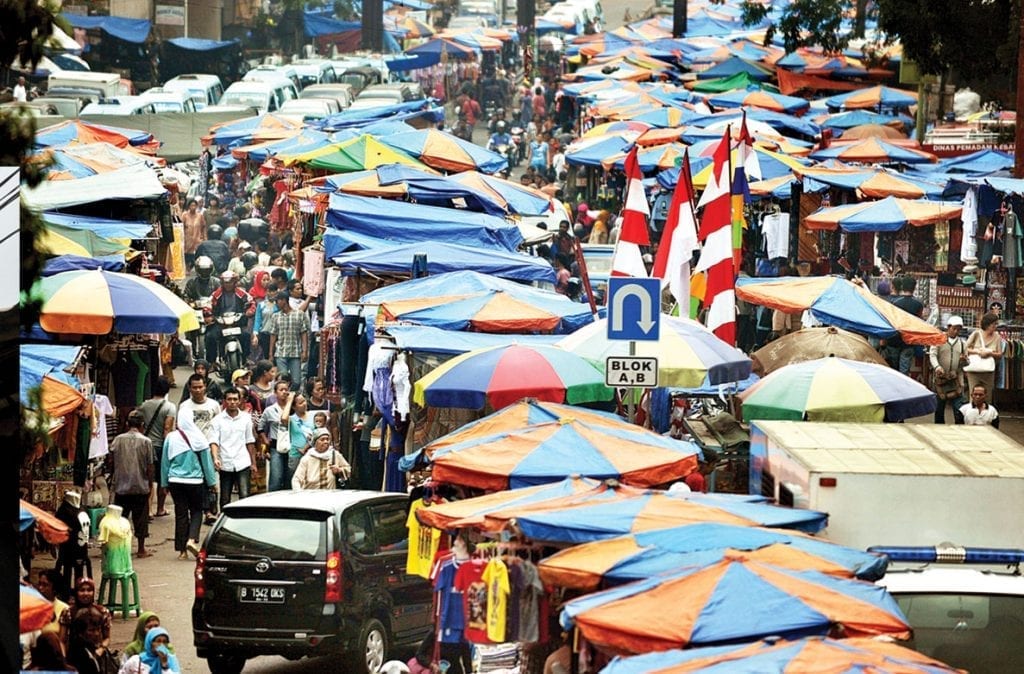
Indonesia’s second-quarter economic growth beat analysts’ expectations amid President Joko Widodo’s efforts to spur an economy struggling in the wake of a slowdown in China and low commodity prices.
Gross domestic product increased 5.18 per cent from a year earlier, compared with a revised 4.91 per cent in the first three months, the statistics bureau said in Jakarta on Friday. That exceeded the 5 per cent median estimate in a Bloomberg survey of 24 economists.
Widodo, known as Jokowi, oversaw a 36 per cent surge in government spending from the previous quarter as he seeks to lift growth from the slowest level since 2009. The president has embarked on an ambitious infrastructure program and launched a tax amnesty aimed at luring back billions of dollars of undeclared income back to Indonesia. The central bank has cut its benchmark rate by a percentage point this year in an attempt to revive lending.
“The outlook for Indonesia’s economy has improved in recent months, raising hopes that the economy could be on the cusp of a sustained recovery,” said Gareth Leather, senior Asia economist at Capital Economics Ltd. in London. “In particular, the passage of a number of reforms including steps to open up more industries to foreign investment as well as tax incentives to encourage more labour-intensive industries to set up in Indonesia has helped boost sentiment.”
Market reaction
The Jakarta Composite Index extended gains after the figures were released, rising 1 per cent as of 9:57am in the city. The rupiah strengthened 0.1 per cent to 13,120 a dollar, according to prices from local banks. Indonesian sovereign bonds advanced, pushing the 10-year yield down two basis points to 6.89 per cent, Inter Dealer Market Association prices show.
While the data exceeded economists’ expectations and the outlook has improved, the result still remained “considerably below” the 5.8 per cent average over the past decade, said Leather.
On a quarterly basis, the economy grew 4.02 per cent from the previous three months.
Government spending rose 6.28 per cent from a year earlier, while exports declined 2.73 per cent. Investment was up 5.06 per cent year-on-year while household consumption, which makes up more than half of the economy, rose 5.04 per cent.
“They can really pause now for a while to see what impact of the fiscal decisions as well as the cuts they’ve announced so far are having,” said Charu Chanana, an economist with Forecast Pte Ltd. in Singapore “I think this buys them some time to hold on for now but easing still remains on the table.”
The second quarter growth figures come after the central bank left rates on hold in July despite saying there was room for further easing if needed.